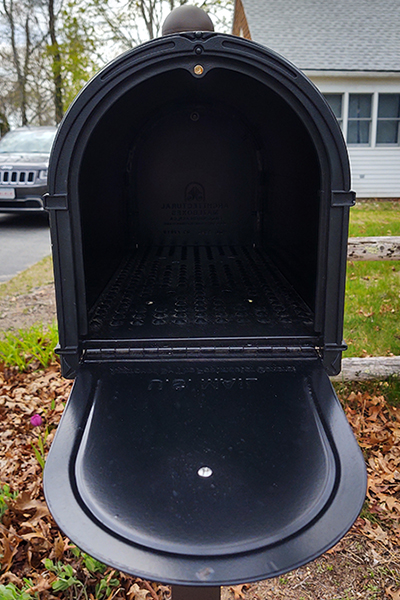On Tuesday, March 23, the US Postal Service (USPS) released their 10-year plan, entitled “Delivering for America”. The stated goals of the plan are:
- A strengthened public service mission including 6 and 7 days of mail and package delivery.
- Service standards that foster service excellence – 95 percent on time reliability.
- A bold approach to growth, innovation and continued relevance – $24 billion of new revenue.
- With congressional support, electric delivery fleet by no later than 2035.
- Best-in-class mail and package processing and delivery operations.
- A modern, transformed network of Post Offices designed as go-to destinations.
- A fully optimized surface and air transportation network.
- A stable and empowered workforce including reducing non-career workforce turnover by 50%.
- An organization structured to support effectiveness.
- A supportive legislative and administrative framework.
- A more rational pricing approach including the judicious implementation of new and existing pricing authority.
Admirable goals. The USPS has been struggling with both performance and financial issues for over a decade, and change is essential to their survival. Of course, some of the changes will have an impact on mailers, and in-plant managers need to prepare for those changes. Specific areas of concern include the service standards, pricing, and the new organizational structure.
- The goal of 95 percent on-time delivery is based on longer delivery times for many mail categories.
- The USPS “rational pricing approach” means rate increases higher than the rate of inflation.
- The changes in organization structure are being felt across the industry.

The new delivery standards are based on transferring mail that is moved by aircraft to surface transportation. It also means a realignment and consolidation of processing centers. While many pundits have focused on the extension of 3-day delivery standards to 5 days, the change also redefines overnight, 2-day and 3-day standards. Depending on the population served, organizations may see significant volumes of mail slowed down.
As part of the new pricing approach, the USPS filed a request for a rate increase with the Postal Regulatory Commission (PRC) on Friday, May 28, 2021. With an average increase of 6.9 percent for market dominant products, the new rates will take effect on August 29th. These higher-than-inflation increases are based on the new ratemaking rules approved by the PRC in 2020.
Even before the 10-year plan was published, the reorganization began. First was the separation of processing operations from retail and delivery. That change created 2 regions for processing and 4 for retail and delivery. Most recently, the 67 postal districts were reduced to 50 districts. That announcement was followed by an early retirement plan and a notice of a reduction in force for non-union employees.
Slower service, higher prices, and fewer people to support mailers.
What’s an in-plant manager to do?
First, stay informed. Stay abreast with the changes through the IPMA, your local Postal Customer Council (PCC), and the USPS industry alerts published on the PostalPro website – https://postalpro.usps.com. The changes will impact each mailer differently. Seek to understand how your mail will be affected.
Reach out to all of your postal contacts – today. Find out who is retiring, who is being reassigned, and who is staying. Create an up-to-date call tree for issues. You will need different contacts for inbound mail problems, Business Customer Gateway access, and delivery concerns. Make sure your entire team knows who to call for answers. Update monthly.
Evaluate how the proposed changes will potentially delay delivery and increase costs. Develop alternatives that might offset the negatives. This may include partnering with drop-ship vendors, redesigning pieces to minimize postage and taking advantage of USPS initiatives. Track and report any savings.
Develop a communication plan for your management. Begin a regular (weekly/monthly) internal update for your manager and internal customers. Prepare briefings that are appropriate for senior management – up to the president. Make sure you go beyond what is reported in the media, and include insights gained from being an industry expert. Being recognized as a source of knowledge increases your value to the organization.
The next several years will be challenging for the mailing industry. In-plant managers must begin taking action now to prepare for success.

Mark M. Fallon is president and CEO of The Berkshire Company, a consulting firm specializing in mail and document processing strategies. The company develops customized solutions integrating proven management concepts with emerging technologies to achieve total process management. He offers a vision of the document that integrates technology, data quality, process integrity, and electronic delivery. His successes are based upon using leadership to implement innovative solutions in the document process. You can contact Mark at [email protected].
